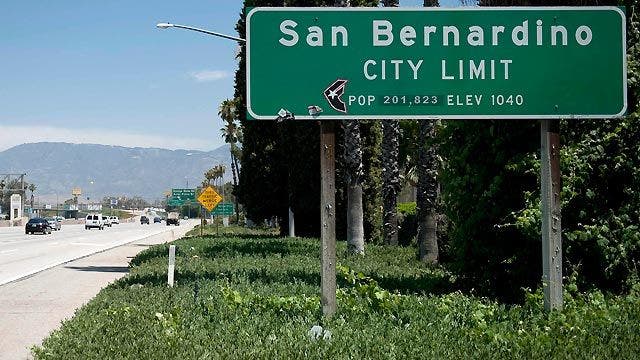The House on Thursday passed and sent to President Obama a far-reaching extension of the Violence Against Women Act. The vote came after House Republican leaders, cognizant of divisions in their own ranks and the need to improve their faltering image among women voters, accepted a bill that cleared the Senate two weeks ago on a strong bipartisan vote.
The bill renews a 1994 law that has set the standard for how to protect women, and some men, from domestic abuse and prosecute abusers. Thursday's 286-138 vote came after House lawmakers rejected a more limited approach offered by Republicans.
 It was the third time this year that House Speaker John Boehner has allowed Democrats and moderates in his own party prevail over the GOP's much larger conservative wing. As with a Jan. 1 vote to avoid the fiscal cliff and legislation to extend Superstorm Sandy aid, a majority of House Republicans voted against the final anti-violence bill.
It was the third time this year that House Speaker John Boehner has allowed Democrats and moderates in his own party prevail over the GOP's much larger conservative wing. As with a Jan. 1 vote to avoid the fiscal cliff and legislation to extend Superstorm Sandy aid, a majority of House Republicans voted against the final anti-violence bill.
The law has been renewed twice before without controversy, but it lapsed in 2011 as it was caught up in the partisan battles that now divide Congress. Last year, the House refused to go along with a Senate-passed bill that would have made clear that lesbians, gays, immigrants and Native American women should have equal access to Violence Against Women Act programs.
It appeared the scenario would be repeated this year when the House introduced a bill that didn't mention the lesbian, gay, bisexual and transgender community and watered down a Senate provision allowing tribal courts to prosecute non-Indians who attack their Indian partners on tribal lands.
House Majority Leader Eric Cantor, R-Va., who has spent months working on the issue, defended the Republican plan: "Our goal in strengthening the Violence Against Women Act is simple. We want to help all women who are faced with violent, abusive and dangerous situations. ... We want them to know that those who commit these horrendous crimes will be punished."
But the House proposal encountered quick and strong opposition from women's groups, the White House, Democrats and some Republicans, and on Tuesday, the GOP leadership agreed to give the House a vote on the Senate bill. It passed immediately after the House rejected Cantor's bill, 257-166, with 60 Republicans voting against it.
The GOP decision to show the white flag came after the party's poor showing among women in last fall's election and Democratic success in framing the debate over the Violence Against Women Act as Republican policy hostile to women. President Barack Obama won 55 percent of the women's vote last November. Republican presidential candidates haven't won the women's vote since 1984, when Ronald Reagan held a 12-point lead over Walter Mondale among women.
The anti-violence bill should never have become partisan, said Sen. Patty Murray, D-Wash., a sponsor of the Senate bill. "That is why I applaud moderate Republican voices in the House who stood up to their leadership to demand a vote on the Senate bill."
The Senate passed its bill on a 78-22 vote with every Democrat, every woman senator and 23 of 45 Republicans supporting it.
A turning point in the debate came earlier this month, when 19 Republicans, led by Rep. Jon Runyan, R-N.J., wrote a letter to their leadership urging them to accept a bipartisan plan that would reach all victims of domestic violence. The letter, Runyan said, was a catalyst in showing the leadership "a willingness of people in the House to really compromise" and see that the Senate "has a pretty good bill."
Rep. Tom Cole, R-Okla., a Native American, also wrote his Republican colleagues saying he was voting against the House alternative because "it falls short of giving tribes what they need to keep their women safe."
American Indian women suffer incidents of domestic violence at rates more than double national averages, but American Indian courts don't have jurisdiction over non-American Indians, and federal prosecutors don't take up about half the violence cases on reservations because of lack of resources to pursue crimes on isolated American Indian lands. The Senate bill would give American Indian courts the ability to prosecute non-American Indians for a limited set of crimes limited to domestic violence and violations of protecting orders. Opponents have said that raises constitutional issues.
The Violence Against Women Act is credited with helping reduce domestic violence incidents by two-thirds over the past two decades. The Senate bill would authorize some $659 million a year over five years to fund current programs that provide grants for transitional housing, legal assistance, law enforcement training and hotlines.
The Senate bill adds stalking to the list of crimes that make immigrants eligible for protection and authorizes programs dealing with sexual assault on college campuses and with efforts to reduce the backlog in rape kit analyses. It reauthorizes the Trafficking Victims Protection Act.












